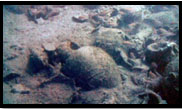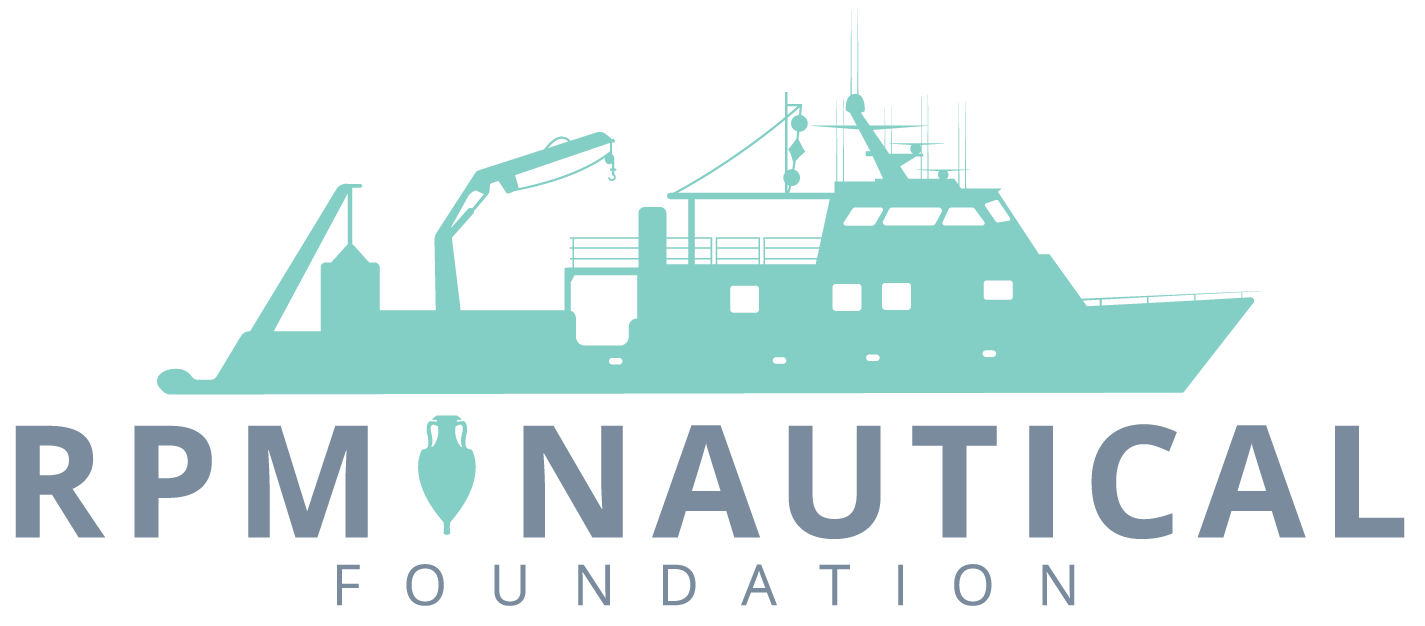Date: Late 5th – early 4th century BCE
Era: Roman Republican
Location: Montenegro Coast
Cargo: Greco-Italic amphoras
Another wreck (MN10-AD) in deep water, and relatively far offshore, was discovered during ROV investigation of a large ovoid anomaly. The majority of this site is comprised of the sand mound in an ovoid shape akin to that of cargo remains such as at the Traste 1 wrecksite. There were numerous amphoras protruding from the mound, and in one section a depression had formed that exposed a number of amphoras. Much of the remains are damaged, with numerous sherds scattered about, yet there were at least 4 intact or nearly intact amphoras visible and many more rounded body sections at the surface that suggest intact amphoras. It was clear that drag nets have been damaging the site for many years. In fact between a two day period on a revisit to this site, an amphora that sat within a depression had been pulled out and rolled down the mound’s slope. Upon discovery, this amphora had obviously been hit by nets as it exhibited signs of being repeatedly shifted and pushing the sand away from it; the latest hit by the nets pulled it free.

An intact example was collected for analysis, artifact number MN10AD-0001. This amphora was typical of the majority of those observed on the site; however, it is possible that other types are present. The amphora has a bulbous body that is starting to elongate; along with the knob base, ovoid handles, and flared rim indicates it is of type MGS III, one of the earliest form of Greco-Italic amphoras manufactured in Sicily and S Italy and including Campania. The mouth was somewhat ovoid in shape; somewhat similar to Corinthian amphoras. Large scrapes were observed on the body at the point of greatest diameter that seems to be from drag nets hitting this artifact and the site as a whole. The date for this type amphora is between the end of the 5th – late 4th BCE and its likely content was wine.
